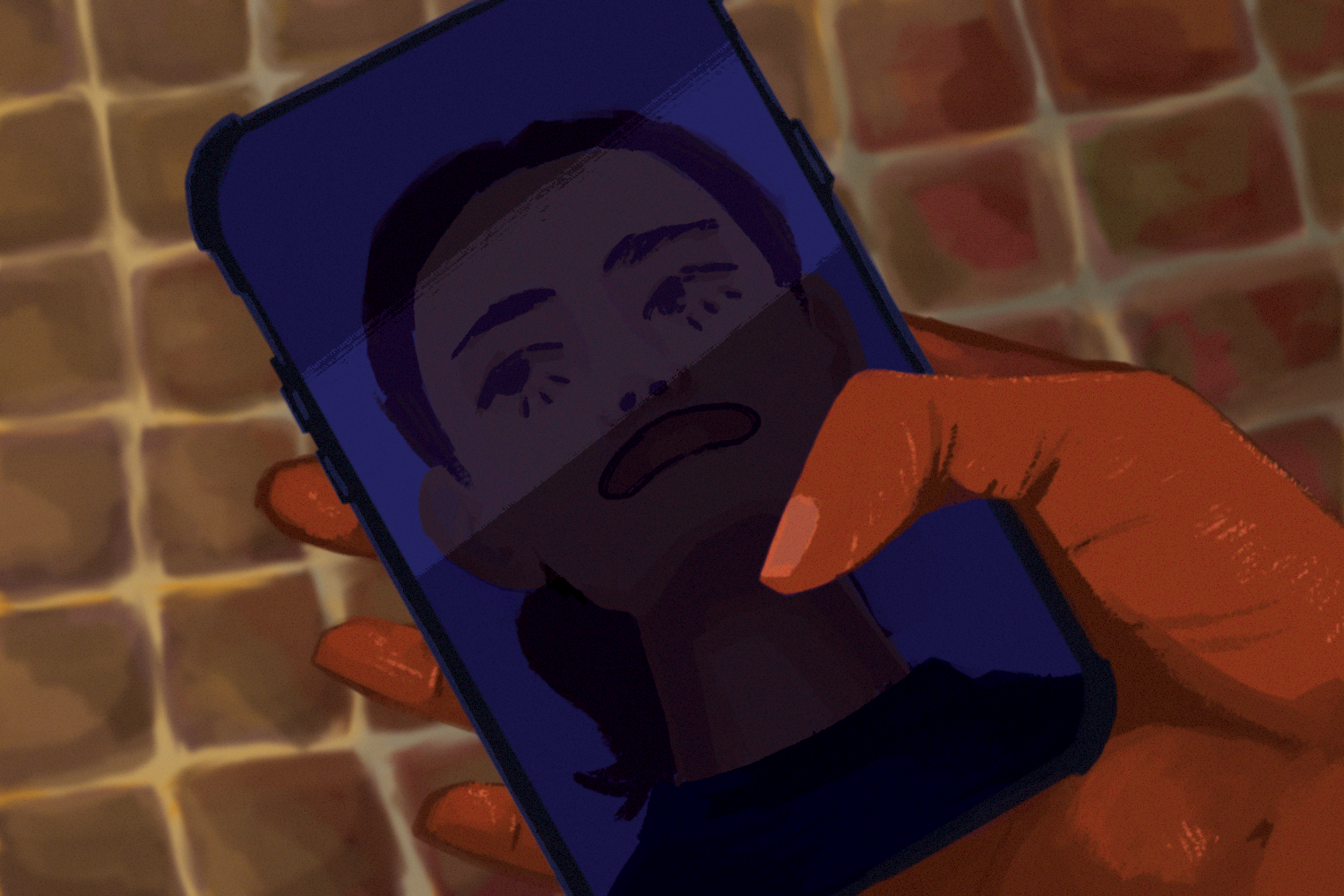Don’t be fooled—social media capitalizes on relatability and social isolation.
Do you ever see a meme or video on social media that is oddly specific and relatable to you? I always find it so unsettling how well my algorithm knows me, from my taste in music and books, right down to personal experiences that I thought were unique.
I’ve stumbled upon videos lately that really made me sit back, set my phone aside and stare at the wall. Seeing memes related to our secret little quirks or even our very specific and seemingly unique past trauma can be ruled out as coincidence; however, it seems every single piece of content I come across lately is eerily accurate.
Yes, I watched The Social Dilemma on Netflix when it came out—it still haunts me. I also read Digital Minimalism by Cal Newport. That’s how I learned that the algorithm compiles data from likes, comments, shares, and other interactions, and that some social media even record the amount of time you spend on a specific post and where your gaze catches on the screen. I’m always painfully aware that social media preys on my attention and time, which the algorithm then uses to throw me into a vicious cycle of doom scrolling.
However, I also realize that users capitalize on relatability. We all (subconsciously or not) know the golden rule to success on social media: if people don’t relate to you, they simply won’t care. My own experience in business communications taught me how hard content creators work to get on the “For You” page. They have to work with the system, but they also feed it more tools to reel us all in.
So what if my algorithm notices that I am a Swiftie eagerly anticipating the announcement of Reputation (Taylor’s Version), that I have a “golden retriever” boyfriend, that I secretly dream of owning a book and plant shop joined to a cat café (apparently it’s a “feminine urge”), that my Roman Empire is being a woman in a man’s world, and that I am afraid of the dark? Is it really so bad that my social media feed is so meticulously tailored?
The answer to that question will depend on how you answer this one: Is social media a means for entertainment, or to gain information? Part of me wants to say it’s just entertainment and it doesn’t really matter. But another part of me is screaming that my algorithm is putting me into niche boxes and shuttering me from the bigger picture of the world. I find myself consuming mindless content instead of learning about the war and humanitarian crisis in the Gaza Strip, for example. I have to go out of my way to learn about that.
It always gets me when I see someone comment: “Are we all just living the same life in different fonts?” Your social media feed is giving you that impression, showing you oddly specific videos you’d send your best friend in a heartbeat. Your algorithm knows that if you are entertained and you feel seen in a world where human connection is blurred by screens, it will keep your attention just a bit longer.
Am I really a die-hard Swiftie, or am I just being overexposed to that content? Is that video really “so me!” or does it just touch on something I can somewhat relate to? Are these memes truly relatable, or am I just yearning for a vague sense of community and belonging in a socially-isolated generation?
Did you find this article relatable? If so, I’ve succeeded in the golden rule. Welcome to the Social Media Existential Crisis Club, where we question this warped sense of belonging and combat the negative effects of the algorithm on important information sharing.
